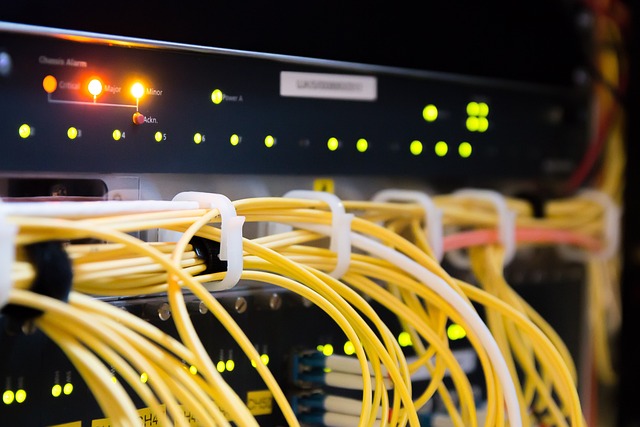Service Provider and Telco Security

The Security domain relies on the foundational CIA Triad of ‘Confidentiality’, ‘Integrity’, and ‘Availability’. While all three aspects hold significance, Enterprise security predominantly concentrates on Confidentiality and Integrity, while Telcos prioritize ‘Availability’
Specialized consulting in Service Provider and Telco Security addresses the unique security risks inherent to these environments. Although every Telecommunication organization incorporates an enterprise-class IT infrastructure (requiring proper security measures), the primary focus lies in the Internet Services and Mobile network infrastructure at the core of a Telco’s operations.
Expanding on security considerations, the following details the problem space and potential solution approaches.
Numerous providers have transitioned to a unified core network supporting multiple services, a prevalent approach due to substantial cost benefits. However, these advantages come with a heightened risk of simultaneous impact on multiple (or all) services if issues arise in the underlying network fabric. Potential risks encompass malicious activities targeting the network fabric or critical infrastructure elements. In simpler terms, a security incident affecting this core infrastructure could range from severe to catastrophic.
The advent of 5G (5G-3GPP ETSI) introduces heightened complexity. Nearly all Mobile providers are adopting 5G Technology and exploring future advancements. 5G brings forth innovative features like Network Slicing and Mobile Edge Compute (MEC). Despite several security enhancements in 5G, it also incorporates new architectural elements, including microservices. Consequently, 5G security considerations, encompassing an expanded threat landscape, surpass those of previous-generation 4G/LTE networks. Ensuring the integrity of 5G system elements is paramount. Establishing a robust security framework demands meticulous security engineering beyond the foundational 5G architecture. Furthermore, it’s acknowledged that 5G networks will extensively support IoT devices, notorious for inherent security vulnerabilities. Thus, ensuring ‘network visibility at scale’ for user traffic (including IoT and other UE) becomes a crucial design consideration.
Distributed Denial of Service (DDoS) attacks persist as an ongoing challenge for numerous Telcos and Service Providers. These attacks can target high-value online services or overwhelm the provider’s Internet infrastructure. DDoS poses one of the most substantial threats to Cloud and SAAS Services. Implementing an effective DDoS mitigation solution complemented by mature operational procedures holds critical importance for all providers.
Specialized Tools and Architectural Approaches: While enterprise-class security products are essential at specific Points-In-the-Network, Service Provider (SP) specific tools and techniques are more suitable in high-speed user planes to attain desired security objectives. Moreover, the IETF and other organizations have outlined a set of Best Current Practices (BCPs), emphasizing the critical significance of their proper implementation.
A consultative approach proves highly beneficial in identifying significant risks to the organization, even those with low likelihood but potentially extreme impact. This involves assessing the current threat landscape, technical and operational status, evaluating security tools and best practices, identifying security coverage gaps, and pinpointing misaligned or inappropriate practices. Subsequently, this leads to formulating a comprehensive and tailored plan to fortify the provider’s security stance and overall resilience.